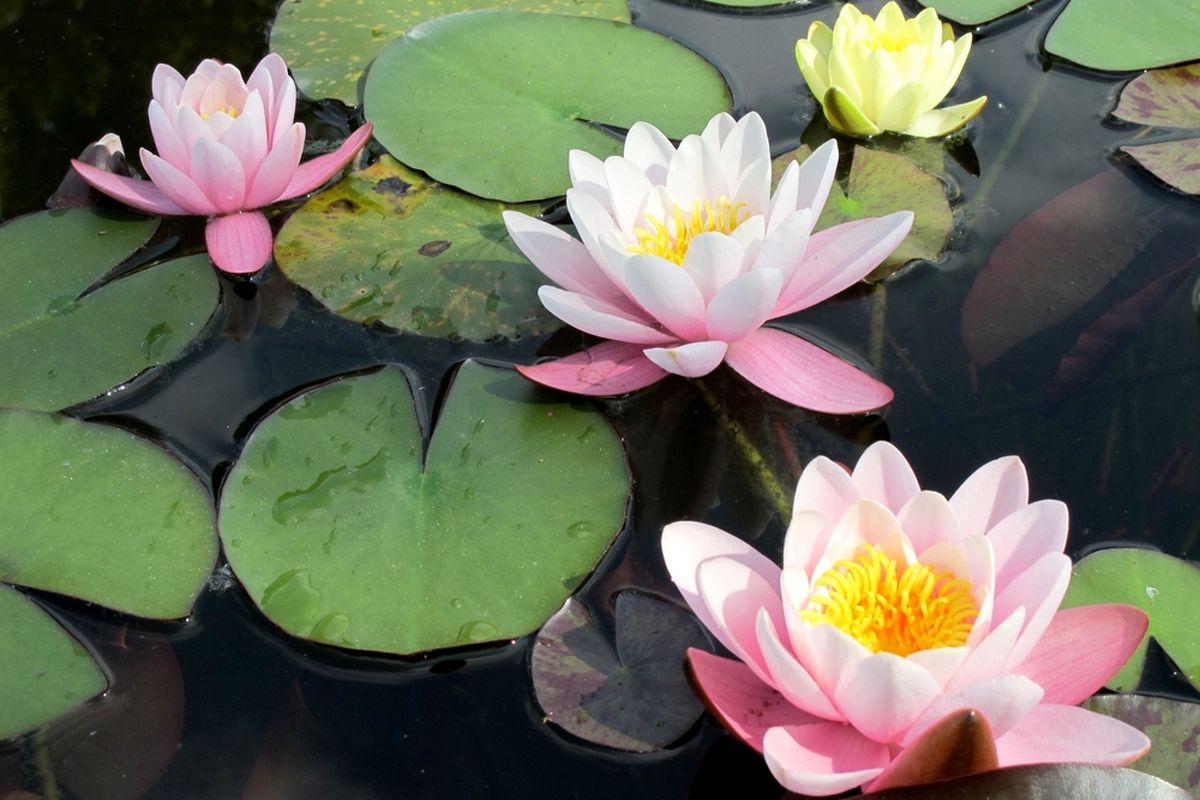The teratai, commonly known as the water lily, is a captivating aquatic plant that graces the waters of ponds, lakes, and marshes across the world. With its stunning, vibrant blooms and rich symbolism, the teratai has captured the hearts of many nature enthusiasts and artists alike.
Aesthetic Marvel: Teratai’s allure lies in its captivating beauty. Its floating leaves create a picturesque scene on tranquil waters, while the blossoms themselves, which range from pure white to vivid shades of pink and red, add a burst of color to the landscape. These exquisite flowers unfurl their petals in a gradual, almost theatrical manner, making them a popular subject for photographers and painters seeking to capture their ephemeral splendor.
Cultural Significance: Beyond its physical appeal, the teratai holds deep cultural significance in various parts of the world. In many Asian cultures, particularly in India and Indonesia, the teratai symbolizes purity and enlightenment. In Hinduism, it is associated with the goddess Lakshmi, the embodiment of beauty and prosperity. In Indonesia, it holds a special place as the national flower, representing holiness and purity.
Ecological Importance: Teratai isn’t just a pretty face; it plays a crucial role in maintaining the ecological balance of aquatic ecosystems. Its floating leaves provide shade and protection for aquatic creatures while reducing water temperature, which can be essential for the survival of fish and amphibians in hot climates. Furthermore, these plants help oxygenate the water by releasing oxygen during the day, making them vital for aquatic life.
Adaptive Marvels: One of the most remarkable features of teratai is its adaptation to different environments. These plants have evolved a unique system to thrive in varying water depths. Their long stems allow them to reach the water’s surface, while their roots anchor them securely to the pond or lake bed. This adaptability ensures that teratai can flourish in both shallow and deep waters, making them a common sight in diverse aquatic habitats.
